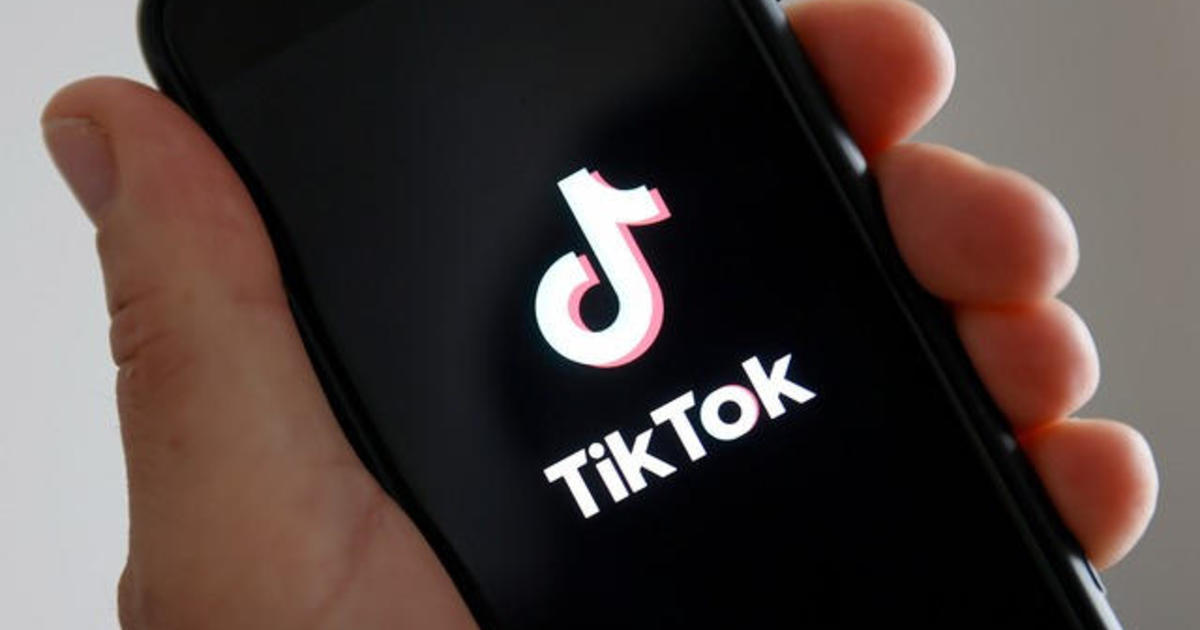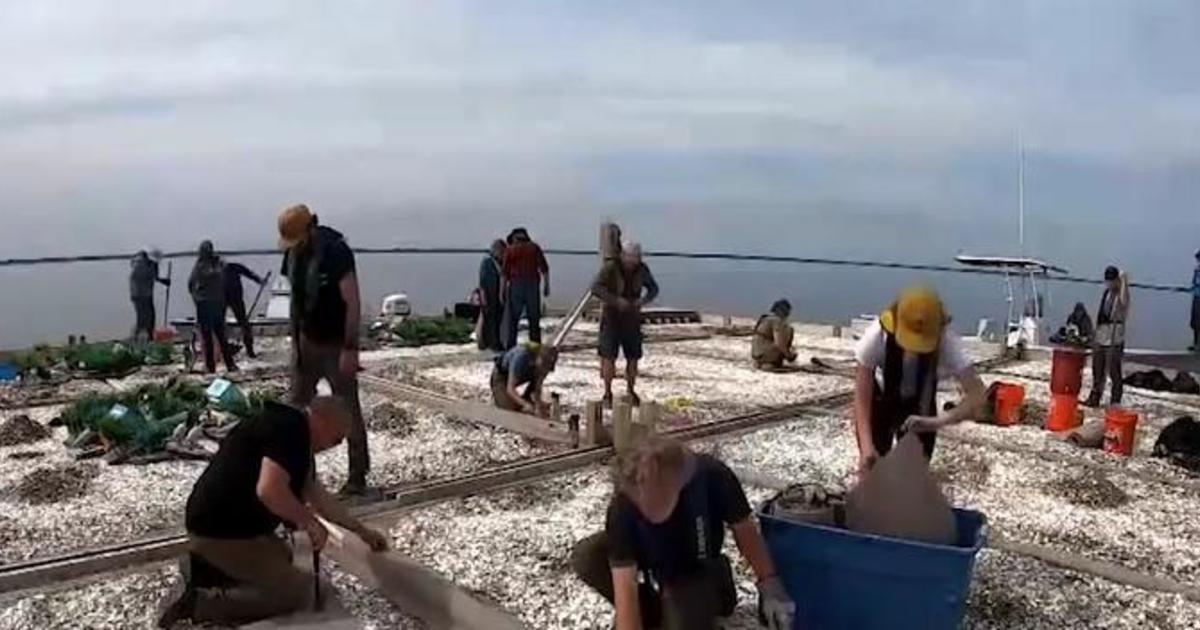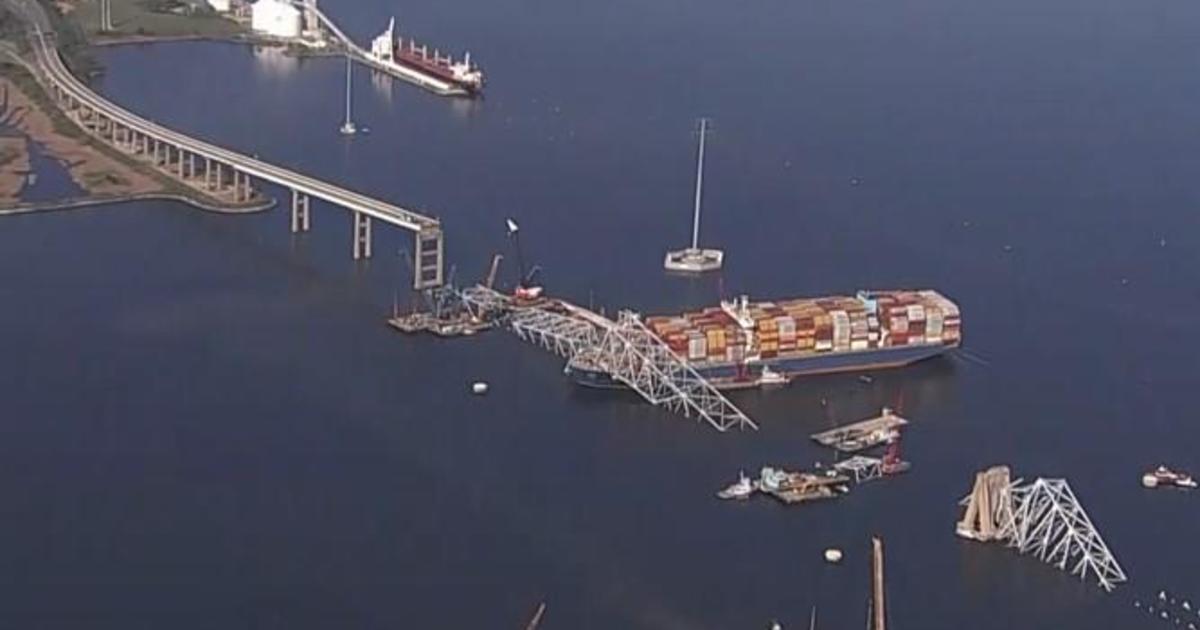Watermen Use Technology To Count Crabs
By DARRYL FEARS
The Washington Post
WASHINGTON (AP) -- On the serene Potomac River, Rocky Rice's crab-pot markers stretched for miles, an orange-dotted rope floating on water that sparkled like jewels under a bright summer sun.
There was a crab in every pot. "Probably six to eight," Rice said.
Over two decades, watermen such as Rice have relied on a whimsical method of counting what they catch, relying on paper and pencil to log the size, sex and texture of trapped crabs, sometimes scratching out figures from memory before mailing them to the state. It has resulted in an inaccurate count at a time when Maryland is working to fully restore the Chesapeake Bay's most iconic species.
But on his recent outing, Rice broke with tradition, putting away paper and pen. Instead he carried a digital ThinkPad with software that allowed him to count his catch in the middle of the river, then send it directly to the Maryland Department of Natural Resources (DNR) using a wireless signal as his boat made its five-mile run to shore in Morgantown.
Rice is one of 50 Maryland watermen participating in a pilot program that could one day provide the most precise count of the Chesapeake Bay commercial blue-crab harvest the state has ever had.
Maryland's watermen would be among the nation's first to count their catch using smart technology -- tablets and cell phones. As part of the pilot program, they can log their catch in three ways: software that sends it directly into a DNR database, text messages sent to a designated number and telephone calls to a call center.
It's an attempt to solve a vexing problem with a few key strokes, said Steve Early, fisheries service division manager for DNR. Maintaining the bay's crab stock is complicated, and knowing where adult crabs are harvested, especially females, is crucial to protecting them.
Females in the southernmost part of Maryland's portion of the watershed are jealously guarded because they are crucial to maintaining the crab stock in Maryland and Virginia.
"With 5,200 watermen, the amount of paper coming from the current way of counting is a daunting challenge for the state. They're a little bit behind the eight ball in knowing what's coming out of the water," said George Chmael, a facilitator for the Maryland Blue Crab Industry Design Team that recommended the technology.
"The state wants to make sure it doesn't overshoot the catch," Chmael said. "If you have to make a mistake, you want to make the mistake of leaving more crabs in the water." Millions of crabs that watermen can catch are probably left in the bay because of cautious limits, Chmael said.
This year, the annual dredge survey in Virginia and Maryland showed that the juvenile crab population has rebounded significantly, from 207 million in 2011 to 587 million this year, after Virginia outlawed the winter harvest of most pregnant females. State officials and watermen want the number to keep going up.
State officials have required watermen to record their catch under the current system since 1994, Early said. Before that, they conducted random surveys asking watermen to share information about their catch.
With electronics, the state could better manage the fishery, possibly grow the crab stock, and breathe new life into its dying fishing industry by raising catch limits, goals that have eluded it for decades.
Maryland sank more than a half-million dollars of a $15 million National Oceanic and Atmospheric Administration grant into the program, Early said. And the bet appears to be paying off.
"I definitely like the technology," Rice said on his 25-foot boat, the Punisher, the sun already roasting his skin at 10 a.m. as a country music radio station blared a Randy Travis song.
Watermen who embrace the technology say they know what is at stake. In 2007, when the bay's blue-crab population hit a low of 250 million, Rice feared for his livelihood. "Crabbing is 85 percent of my income. Me, at 35 years old, I hope to be doing this another 30 years," he said.
Rice sells to a retailer in Mechanicsville every other day, getting $90 per bushel of large males, or No. 1 crabs. He fishes six mornings a week and can harvest five bushels of No. 1s in a single trip.
He was among the first to volunteer for the pilot program, taking a two-hour course in mid-July. But not every watermen has bought in. Some are slow to welcome change, and a few who embraced the technology have reported glitches.
Near Smith Island in Ewell, some lost a wireless connection, a problem the state fixed by getting Verizon to boost the signal. Others said confirming that they sent a report by text message was too hard. Some callers said the call center put them on hold.
Working out the kinks is what the pilot program is for, Chmael said. And watermen who shun technology might be persuaded by a culture shift. Chmael recalled an older watermen telling him that if watermen can learn to walk into a Wawa food store and order a sandwich with a touch screen, they can do this.
The design team will assess the results of the program when it ends in November, Chmael said. Technology could be phased in after next year's season.
Officials are confident about selling watermen on the technology, because they helped choose it. Under the old system, "there was way too much false reporting," said Billy Rice, Rocky's dad. "People said they were crabbing when they weren't to keep their licenses."
With the help of the Environmental Defense Fund, seafood industry executives and watermen identified practices that led to inaccurate counts.
Billy Rice traveled with a delegation to British Columbia two years ago to monitor the Canadian province's use of electronics. "They're light-years ahead of us," Billy Rice said.
Out on the Potomac, his son Rocky was catching up. He logged on to a program on a ThinkPad issued to him after his training. He got in after it buffered twice, searching for a signal.
He pressed a button that said "End Trip." He entered the license number of his boat and its crew count -- one, his cousin Jimmy who helped that day.
How many pots? 225, Rice answered.
How many hours were you out? Four, he said.
He logged five bushels of big No. 1 crabs, two bushels of smaller No. 2 crabs, a half bushel of females, a half bushel with mixed genders and finally 15 peelers, crabs that were shedding and growing.
Rice hit send and was done. He powered his engine and sped by the Gov. Harry W. Nice Memorial Bridge toward his house on the water's edge in his new paperless world.
Information from: The Washington Post, http://www.washingtonpost.com
(Copyright 2012 by The Associated Press. All Rights Reserved.)



